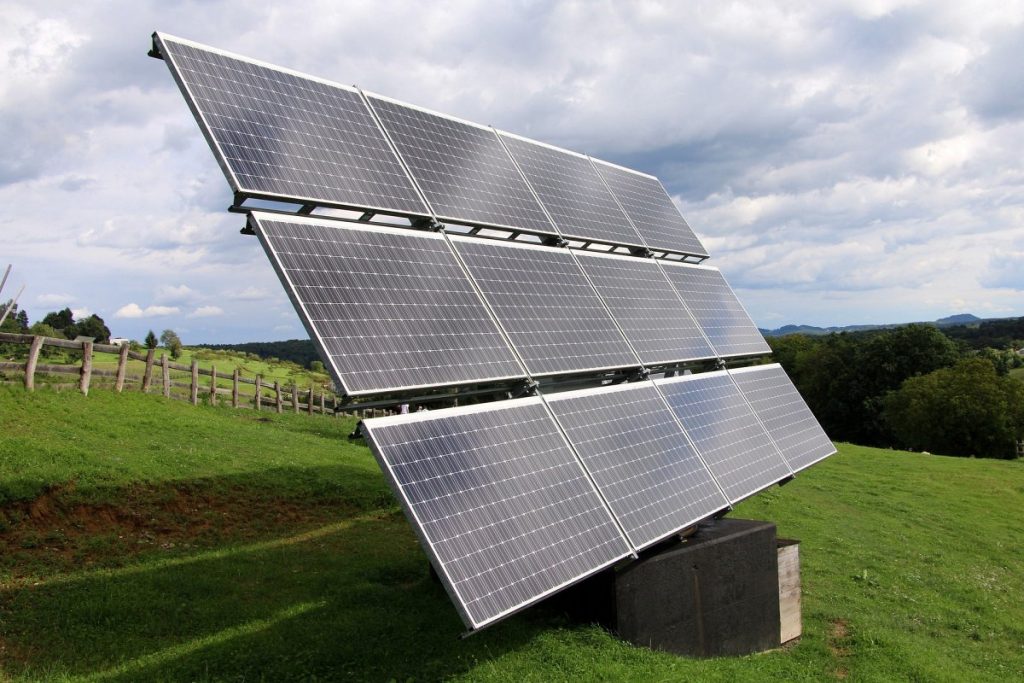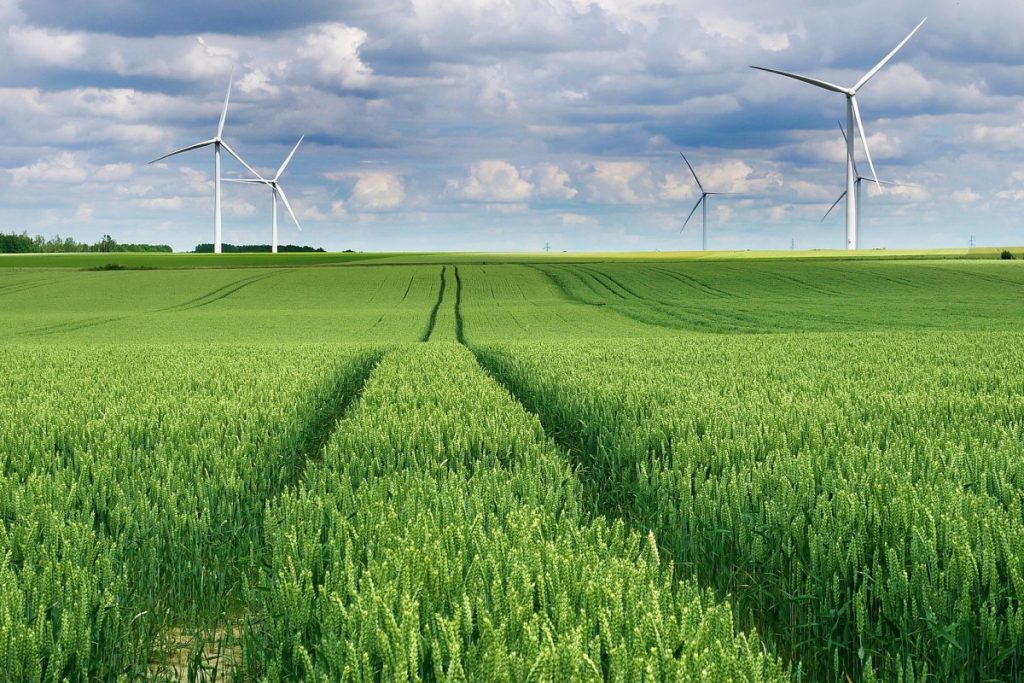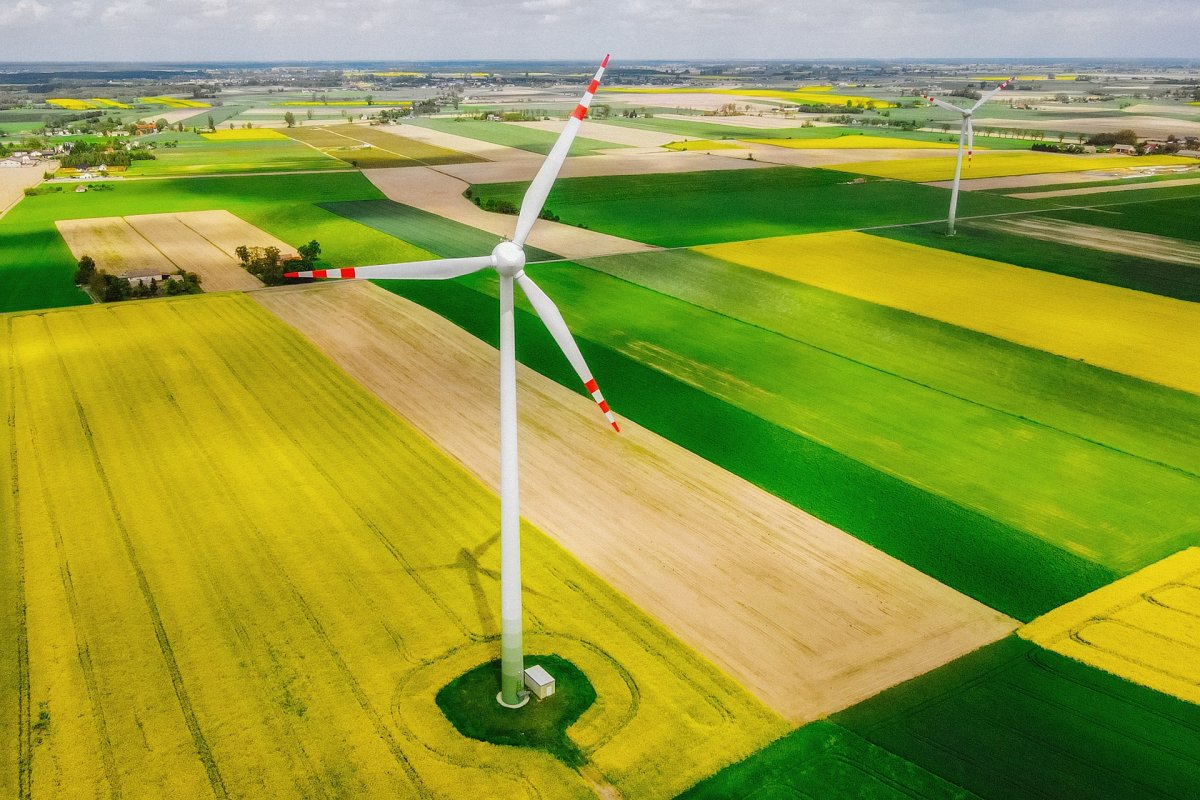As the world faces pressing environmental challenges, the role of green energy investment has become paramount in shaping a sustainable future. This comprehensive guide delves into the significance, benefits, and strategies of investing in renewable projects, offering a roadmap for both financial prosperity and positive environmental impact.
Table of Contents
Understanding Green Energy

Defining Green Energy
Green energy, synonymous with renewable energy, derives from natural sources like sunlight, wind, and water. By harnessing these sources, we can generate power without depleting finite resources or emitting harmful pollutants. Green energy forms the foundation of a cleaner and more sustainable energy landscape.
Types of Renewable Energy Sources
The world of renewable energy is diverse, encompassing various sources such as solar, wind, hydro, geothermal, and biomass. Each source has distinct characteristics, applications, and benefits. Understanding the intricacies of these sources is essential for making informed decisions about green energy investments.
Reasons to Invest in Green Energy

Environmental Impact and Sustainability
Investing in green energy directly contributes to mitigating climate change and preserving the environment. By reducing carbon emissions and minimizing the ecological footprint, green energy plays a crucial role in creating a sustainable future. Embracing renewable projects is a proactive step towards combatting global environmental challenges.
Economic and Financial Considerations
Beyond environmental benefits, green energy investments offer compelling economic incentives. The renewable energy sector fosters job creation, stimulates local economies, and encourages technological innovation. Moreover, as traditional energy sources become scarcer, investing in green energy can provide long-term financial stability and resilience.
Assessing Investment Opportunities

Evaluating Renewable Energy Projects
Assessing the feasibility and viability of renewable energy projects requires a comprehensive evaluation process. Factors such as resource availability, project location, technological maturity, and financial projections must be considered. Conducting a thorough assessment is essential for identifying projects with the potential for long-term success.
Balancing Risks and Returns
Like any investment, green energy projects carry inherent risks. These risks can range from regulatory uncertainties to technical challenges and market fluctuations. It’s crucial to analyze these risks and weigh them against the potential returns. Developing effective risk management strategies is key to maximizing the benefits of green energy investments.
Financing Strategies for Renewable Projects

Funding Options for Green Energy Investments
Green energy projects require capital for development, construction, and operation. Various funding options, including equity financing, debt financing, and project finance, can be explored. Each funding mechanism has its own advantages and considerations that impact the financial viability of renewable projects.
Government Incentives and Subsidies
Governments worldwide offer incentives and subsidies to encourage green energy investments. These incentives can take the form of tax breaks, grants, and rebates, making renewable projects more economically attractive. Understanding the available government support is essential for optimizing the financial aspects of green energy investments.
Green Energy Investment Trends

Market Growth and Potential
The green energy market is experiencing rapid growth and transformation. Technological advancements and increased competitiveness are driving down costs, making renewable energy sources more appealing. Exploring current market trends and growth projections is crucial for identifying opportunities within the dynamic green energy sector.
Innovations in Renewable Technologies
Innovations in renewable energy technologies are reshaping the industry landscape. Breakthroughs in energy storage, grid integration, and efficiency enhancements are unlocking new possibilities for harnessing green energy. Staying informed about these technological advancements is essential for capitalizing on the potential of the green energy market.
Overcoming Investment Challenges
Navigating Regulatory Hurdles
Green energy investments often encounter regulatory challenges that vary by region and jurisdiction. Navigating permitting processes, complying with environmental regulations, and adapting to policy changes are essential for successful project implementation. Overcoming regulatory hurdles requires a comprehensive understanding of the legal and regulatory landscape.
Addressing Technical and Operational Challenges
Technical and operational challenges can arise during the development and operation of green energy projects. From site-specific considerations to managing complex technologies, addressing these challenges is critical to ensuring project success. Developing strategies to navigate technical and operational complexities is essential for maximizing the benefits of green energy investments.
Case Studies: Successful Investments

Notable Renewable Energy Projects
Learning from real-world examples is invaluable in the green energy investment landscape. Case studies of successful projects showcase innovative strategies, best practices, and lessons learned from a range of renewable energy initiatives. These examples provide insights into the factors that contribute to the success of green energy projects.
Lessons from Real-World Cases
Analyzing both successful and unsuccessful cases offers a comprehensive perspective on green energy investments. By understanding the factors that contributed to the success or failure of various projects, investors can make more informed decisions. Extracting key takeaways from real-world cases informs the development of effective investment strategies.
Building a Sustainable Portfolio

Integrating Green Energy into Investments
Incorporating green energy assets into an investment portfolio can enhance sustainability and financial performance. Balancing risk and return considerations while diversifying into green assets requires careful planning. Developing strategies for effectively integrating green energy investments into a broader portfolio is essential for achieving long-term financial and environmental goals.
Balancing Green Investments with Others
A well-rounded investment portfolio strikes a balance between green assets and traditional investments. Diversification across various asset classes ensures stability and resilience. Balancing green energy investments with other financial instruments enables investors to capitalize on emerging opportunities while maintaining a diversified and robust portfolio.
Conclusion: Embracing a Greener Financial Future
As the world transitions to a more sustainable energy landscape, embracing green energy investments becomes a strategic imperative. By aligning financial goals with environmental stewardship, investors can contribute to a greener future while realizing substantial economic benefits. This concluding section underscores the transformative potential of green energy investments and encourages readers to be proactive agents of change. The journey toward a greener financial future starts with informed decisions and bold action.


